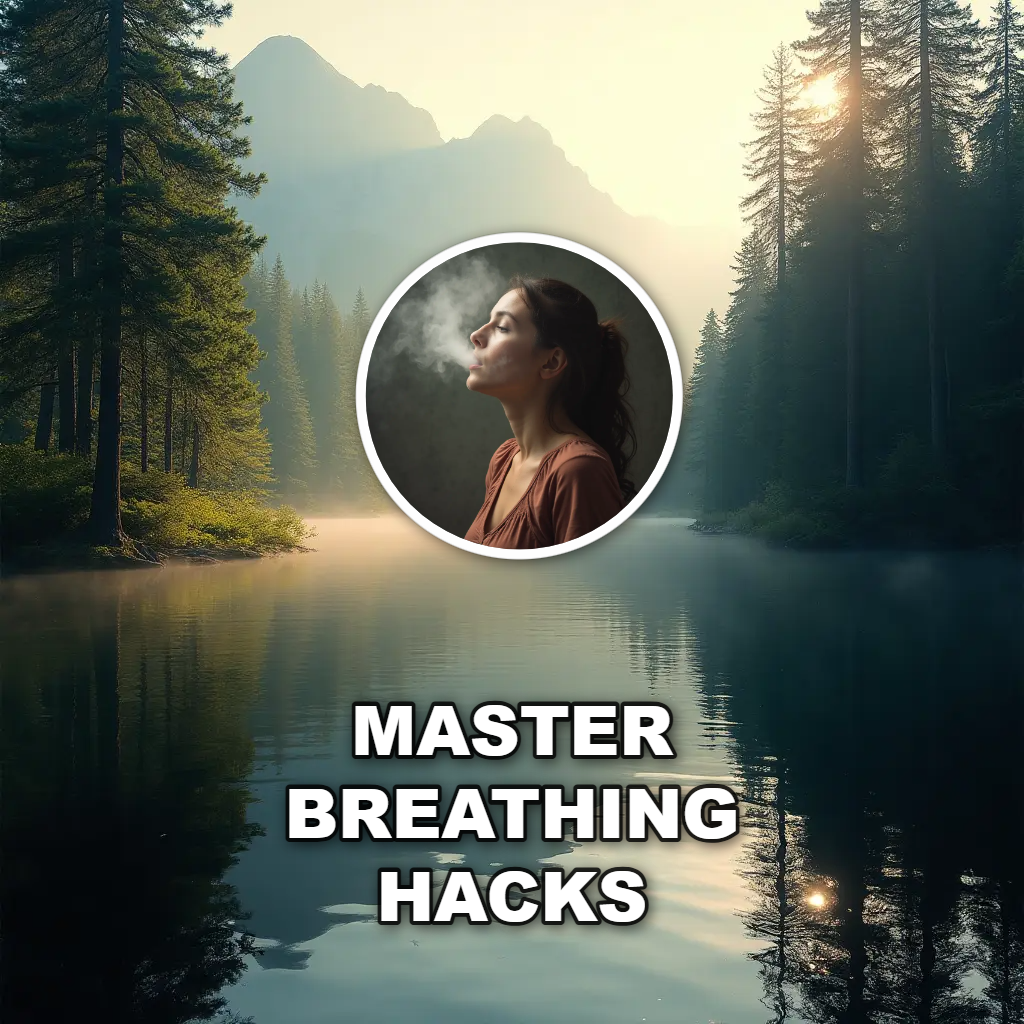In the rush of daily life, we often forget one of our most powerful calming tools: our breath. It’s always with us, quietly offering balance and steadiness. You don’t need an app, a teacher, or a perfect routine. Just your breath, and a little bit of space to notice it.
Here’s a soft and simple guide to breathing practices that many people find helpful when life feels heavy or overwhelming.
1. What Breath Does for Stress Breathing isn’t just survival. It’s communication with your body, your nervous system, your mind. When you slow and deepen your breath, you send a gentle signal of safety throughout your body.
Just a few quiet minutes of breathing can soften stress and bring you back to yourself.
2. Breath as a Dimmer Switch Think of your breath like a volume knob. When stress gets loud, slowing your breath helps quiet everything down. Even three deep breaths can feel like opening a window in a stuffy room.
It’s a way of saying, “I’m here. I’m safe. I can pause.”
3. Trying the 4-7-8 Technique This calming breath pattern is easy to remember: breathe in for 4 seconds, hold for 7, exhale slowly for 8. Some people find it helps them fall asleep. Others use it when they feel on edge.
Try it tonight before bed or during a stressful moment. Let each number be a soft rhythm guiding you inward.
4. Breathing Through Your Nose Nasal breathing helps your body absorb oxygen more efficiently. It also naturally slows your breath, which can reduce feelings of panic or anxiety.
If you notice yourself mouth breathing when stressed, gently bring your awareness back to the nose. Small shifts matter.
5. Box Breathing for Calm and Focus This breathing style is like drawing a square with your breath. Inhale for 4, hold for 4, exhale for 4, hold for 4. It’s often used by people in high-stress roles, like first responders.
It can bring a feeling of structure and quiet. Try it when your mind feels messy or scattered.
6. Diaphragmatic Breathing This deeper kind of breathing asks your belly to rise as you inhale, instead of your chest. It’s a grounding practice that can lower your heart rate and help you feel more rooted.
You can place a hand on your belly and another on your chest to gently explore the difference.
7. Breathing as Meditation You don’t have to sit perfectly still or empty your mind. Just noticing your breath – how it flows, where it’s tight, how it changes – can be a form of meditation.
Let your breath become something to return to. A soft anchor in a stormy moment.
🌻
Your breath is always with you. Free. Simple. Ready to help you come back to calm.
Try one of these today. What kind of breathing helps you feel a little more at ease?

